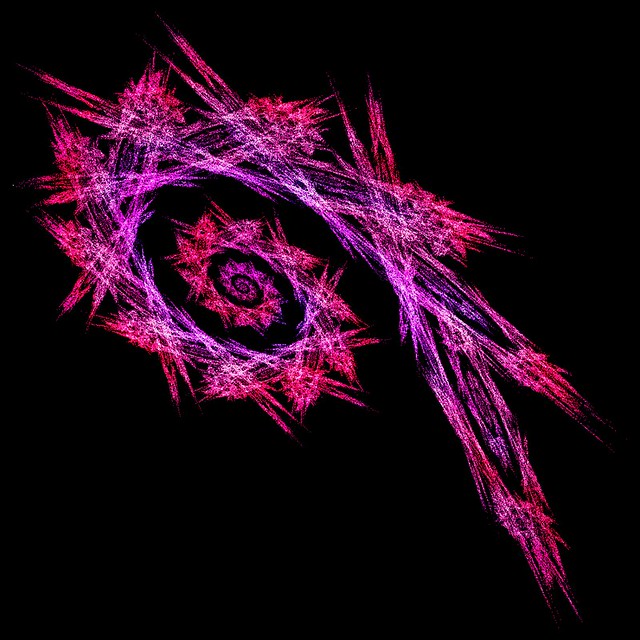Introduction
A topological space is a rather general notion of a space in terms of a set of points endowed with some extra structure that gives us some notion of “nearness” of points. Topological spaces are quite general objects and appear all over the place in modern mathematics.
I my early post on manifolds, I used the notion of a topological space in defining the domains that are patched together to build a manifold, though I did not use the word “topology” at all. So manifolds are very nice examples of topological spaces.
Intuitively topology is the study of the properties of topological spaces that do not change under deformations, stretching and bending, but not cutting and gluing. That is we keep the notion of “nearness” of points.
There are several equivalent ways of defining a topological space, but here we will take the most intuitive route in terms of neighborhoods of points.
Neighborhoods
Our topological space is a set of points, which we will denote \(X\). By a neighborhood of a point \(x \in X\), we mean a subset of \(X\) that consists of all points “sufficiently close” to \(x\). What we mean by “sufficiently close” depends on the situation and can depend on the different neighborhoods. Anyway, neighborhoods satisfy some natural axioms (properties):
1.Each point \(x\) belongs to every one of its neighborhoods.
2.Every subset of \(X\) that contains a neighborhood of a point \(x \) is also a neighborhood of \(x\).
3.When two neighborhoods of a point \(x\) overlap, this overlap is also a neighborhood of \(x\).
The above three axioms are very natural and clear. The fourth is less so, but very important in patching neighborhoods together.
4.Any neighborhood \(N_{1}\) of \(x\) contains another neighborhood \(N_{2}\) of \(x\) such that \(N_{1}\) is a neighborhood of each of the points in \(N_{2}\).
The feeling one should get from this these axioms is that we have a notion of “closeness” given by points sharing neighborhoods. Moreover, given a point and one of its neighborhoods, one can “move the point a little” and still remain in the original neighborhood.
Continuous maps
As hinted to earlier, topology studies spaces up to changes that do not “cut and paste”. The notion of topological spaces and continuous maps (“small changes in input give small changes in output”) between them formalises this. So, as i want this to be a rather informal post lets not get bogged down with details and look at an example.

Courtesy of Wikipedia
Above is a graphical representation of a continuous deformation between a mug and a torus. Heuristically, you see that points that are near each other on the mug remain near each other on the torus. Also note that such a map does not change the overall shape, there is one hole and always one hole here.
In conclusion
Intuitively topological spaces are just sets in which we have a good notion of “nearness” of points. Topology is interested not in the details of the geometric shape of the spaces but only on how the space is put together.
















